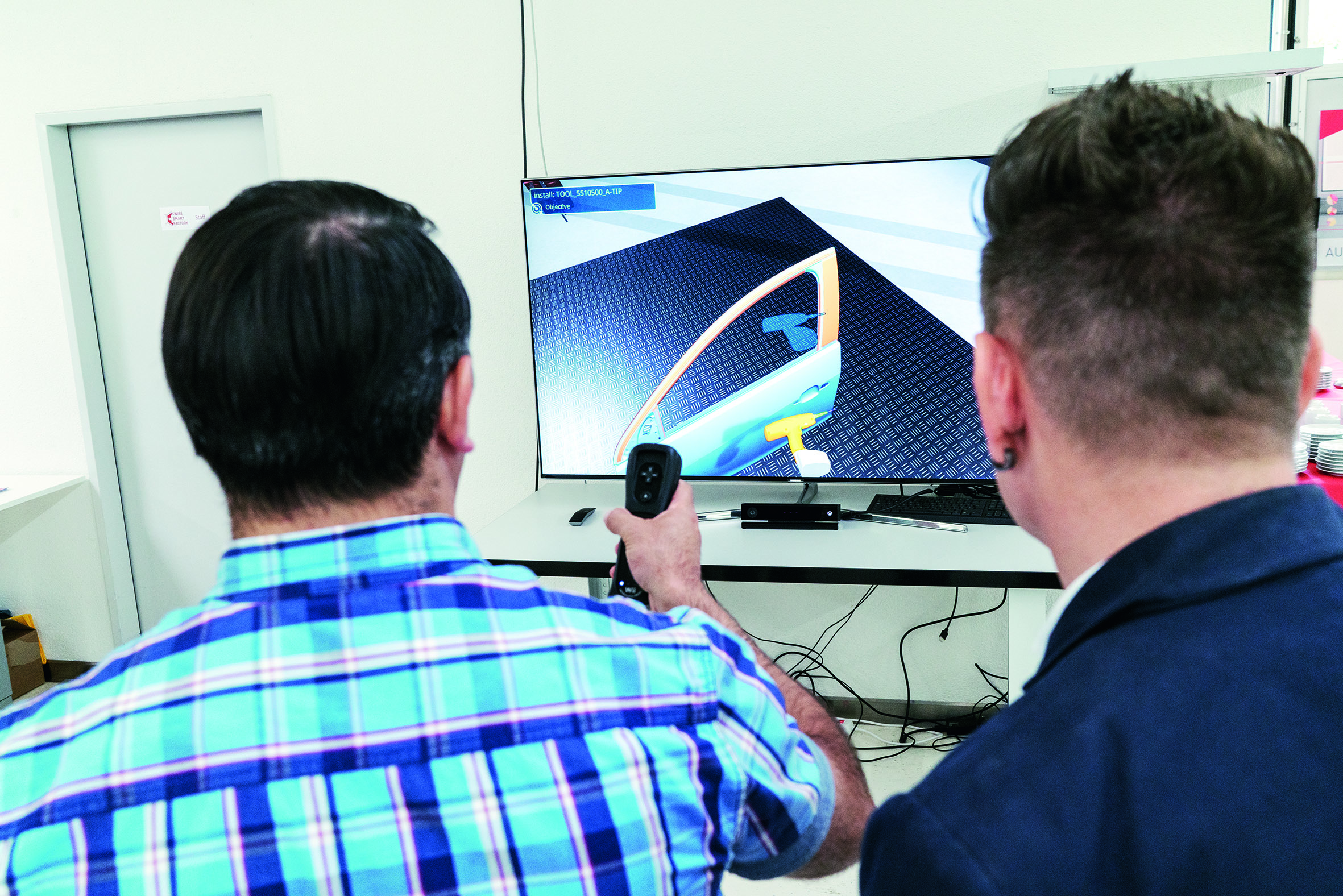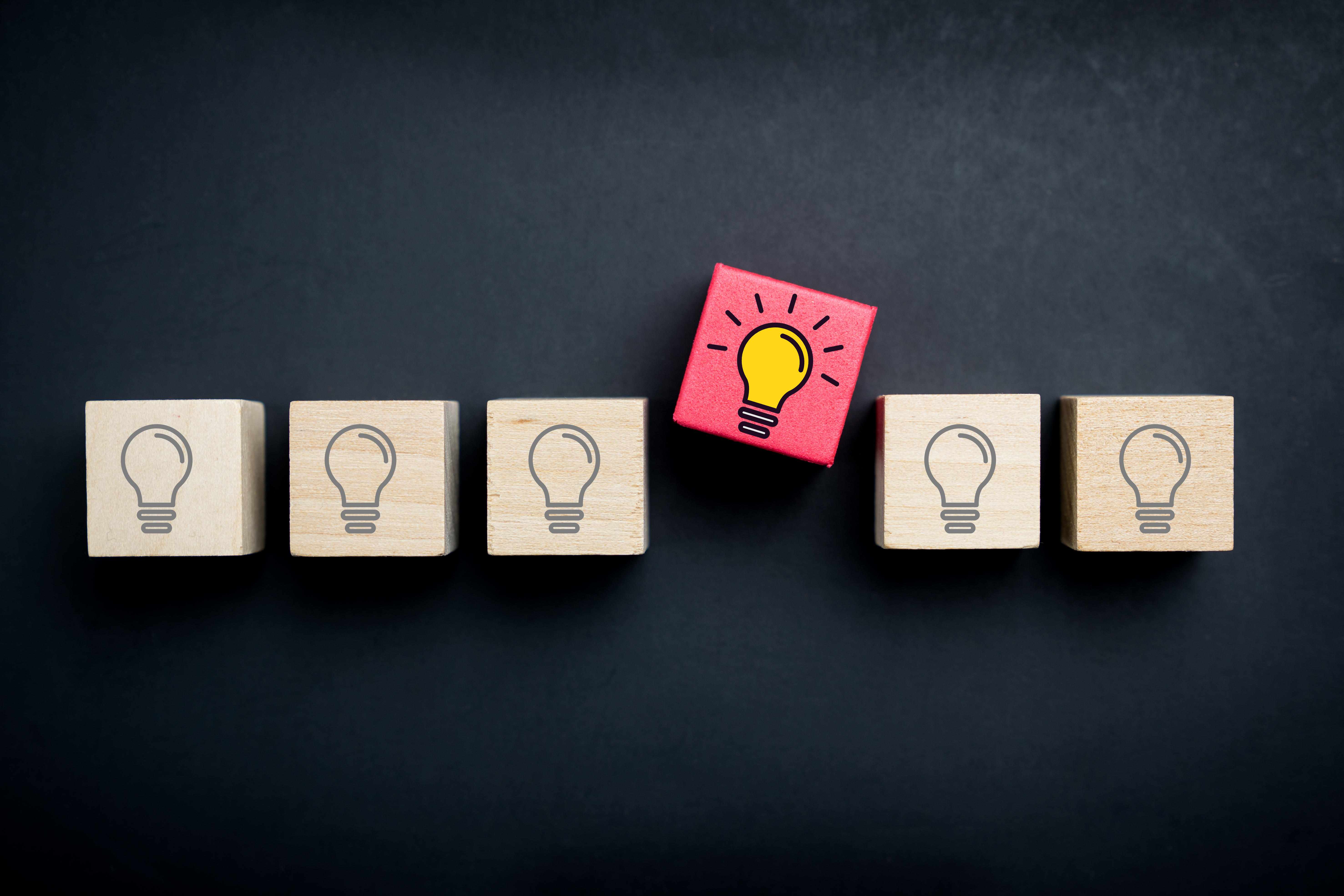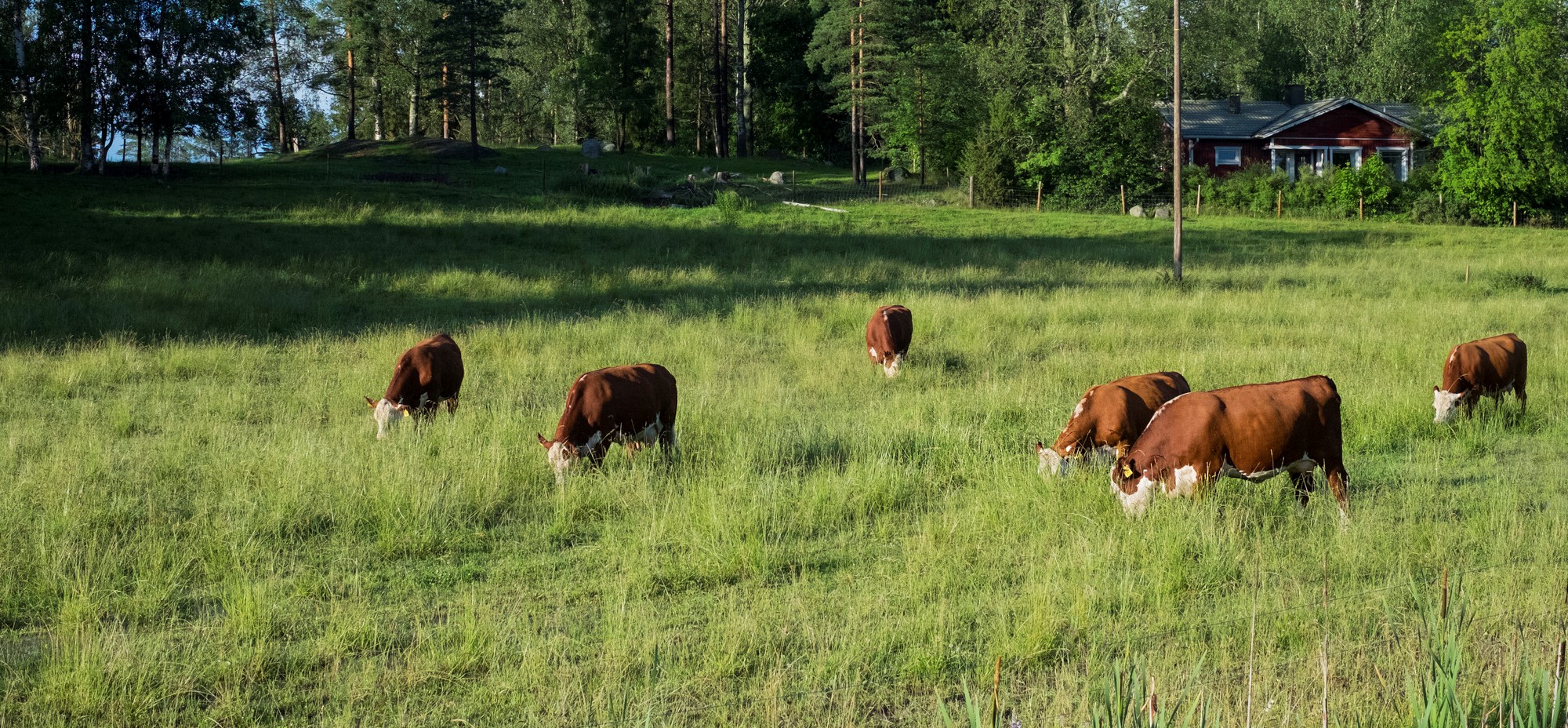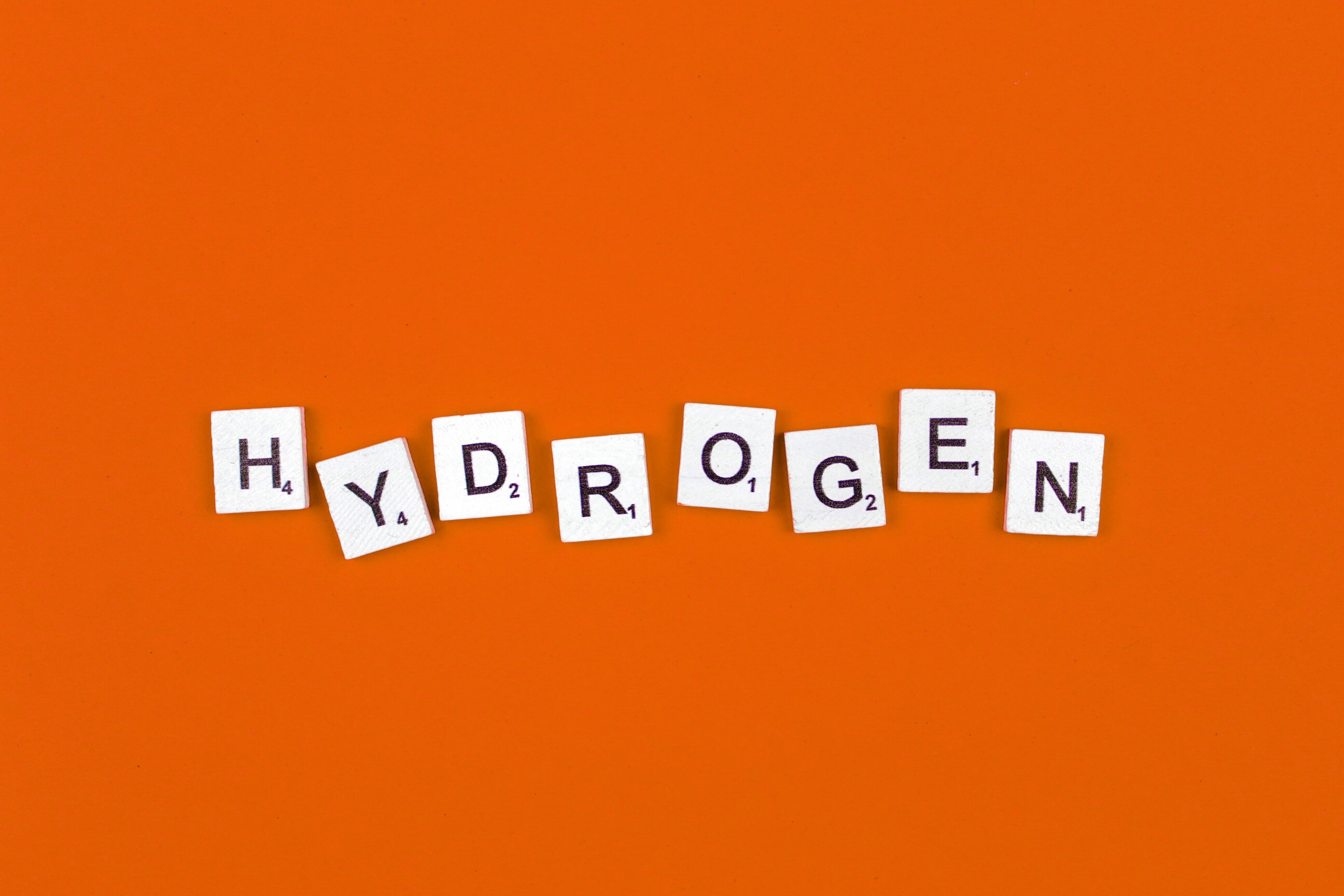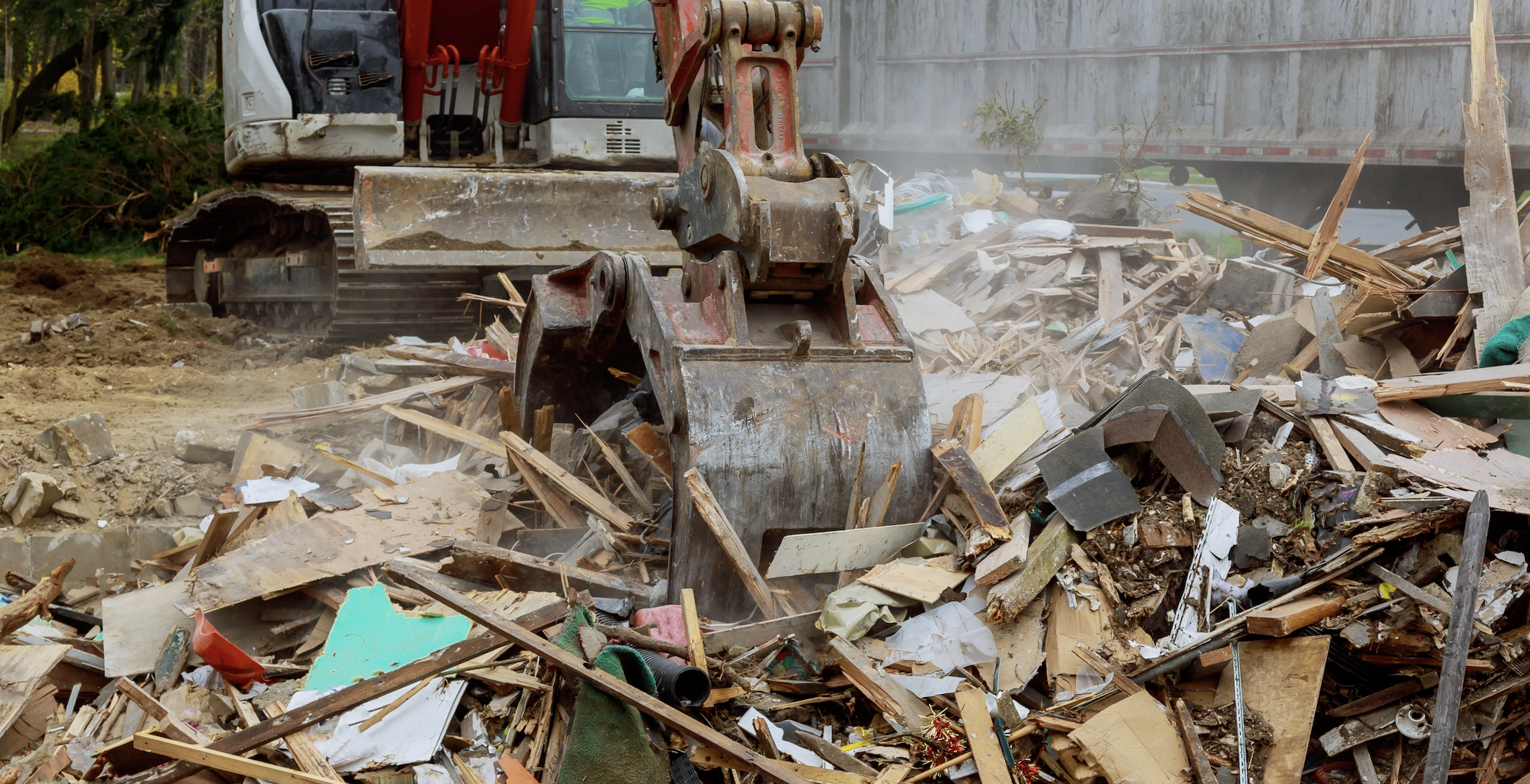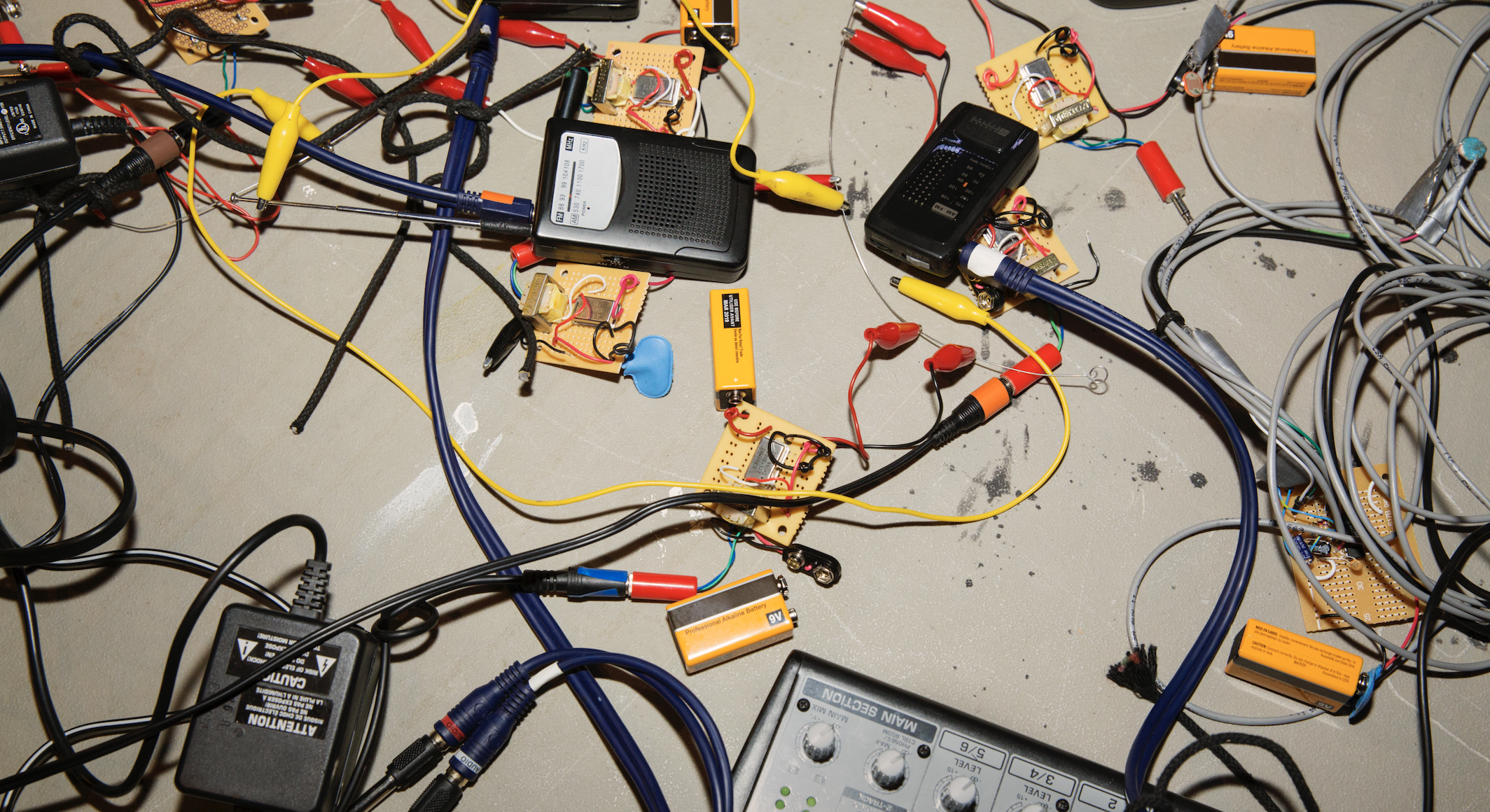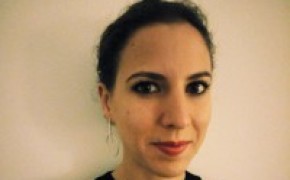The Aquamuseum combines scientific research with environmental and cultural education about nature and artisanal fishing culture of the Minho basin.
The Aquamuseum of Minho River arose from the lack of scientific knowledge of the aquatic ecosystem (Minho River) and social references of fishing activity; poor scientific literacy and the lack of knowledge sharing between researchers and fishermen.
The museum combines scientific research with environmental and cultural education (great involvement of different stakeholder groups) about nature and artisanal fishing culture of the Minho basin. It includes a fishing museum (traditional fishing traps like the "Pesqueiras do rio Minho" used to catch lamprey on the river), an aquarium and an otter area. The presentation is made by an anthropologist. It involves permanent and temporary exhibitions with guided tours by an anthropologist; pedagogical activities in laboratories or in the river with students, public in general and fishermen; research work in social and natural areas promoted by nationally and internationally funded projects; valuation of fishing activity and local products; and support to the management of natural resources associated with the Minho river.This traditional skills relied upon centuries of knowledge passed down through families who have fished the same stone fish traps, combined with a deep understanding of lamprey behaviour, and is now relying on the museologic recording of Aquamuseum. Strong support and good collaboration of major stakeholders of natural and cultural heritage of river Minho: fishermen associations, local administration.
Resources needed
6 people working in full-time.
It is financed by the Municipality and bygrants from several projects from European Union Programmes (INTERREG, POSEUR, MAR 2020).
Evidence of success
The success of this Good Practice relies on the close relationships between the fishermen and the scientists, and the important collaboration and support of the local and other administrative authorities, scientific institutions, private and public funds in recording and diffusing the natural and cultural heritage of river Minho. In 2019 the museum received 18198 visitors, among which 4656 schoolpupils. Since it opened in 2005, it involved 60 internships and 10 young researchers.
Difficulties encountered
Bureaucracy associated with project execution.
A multidisciplinary team would be important.
Is missing the English translation of the material.
Potential for learning or transfer
The transferability of this good practice is based on the previous existence on a territory of a long-term relationships between fishermen and scientists and the educative programs in laboratories or in the river with students ran by the museum, the support of the local and other administrative authorities, scientific institutions, private and public funds from the municipality, considered as strength, as they help scientists to record the areas "Traditional Ecological Knowledge", disseminate it to young generations through the museum’s exhibition and interactive workshops and make the Aquamuseum vital for the present and viable for the future.
Please login to see the expert opinion of this good practice.
Tags: Local, Community, Nature, Fishing

